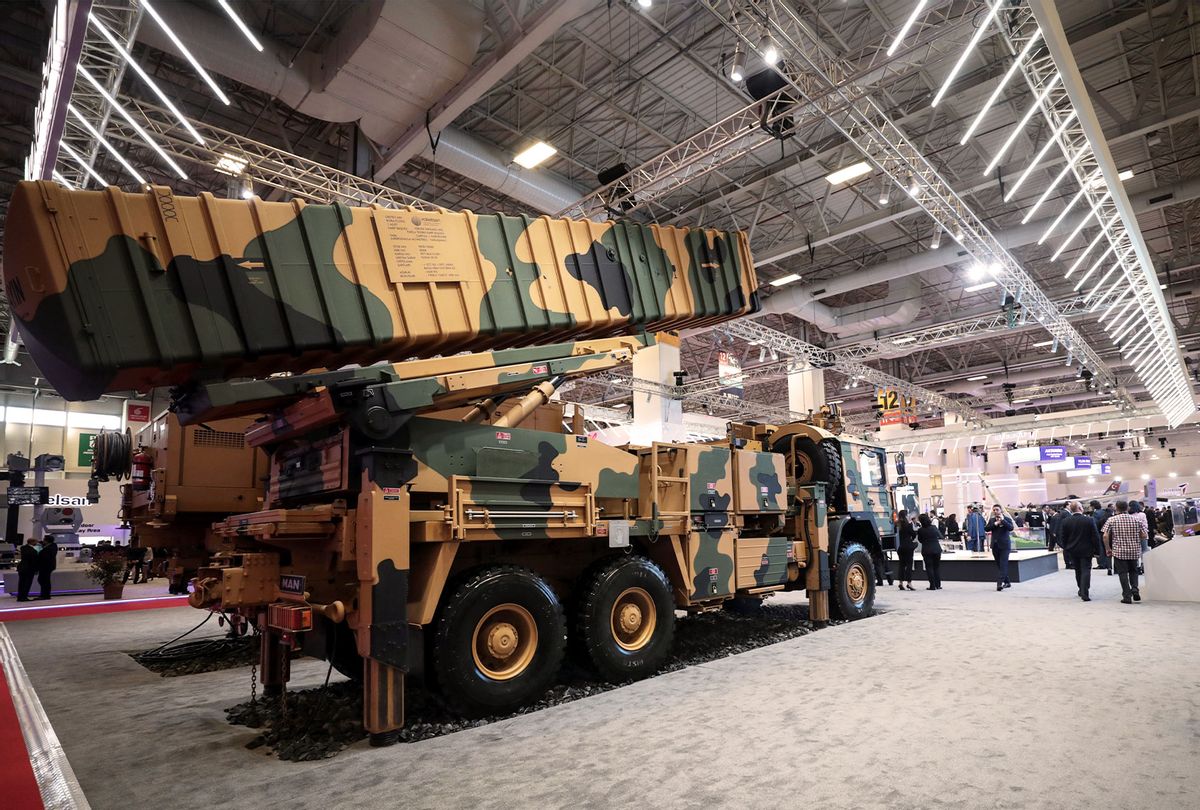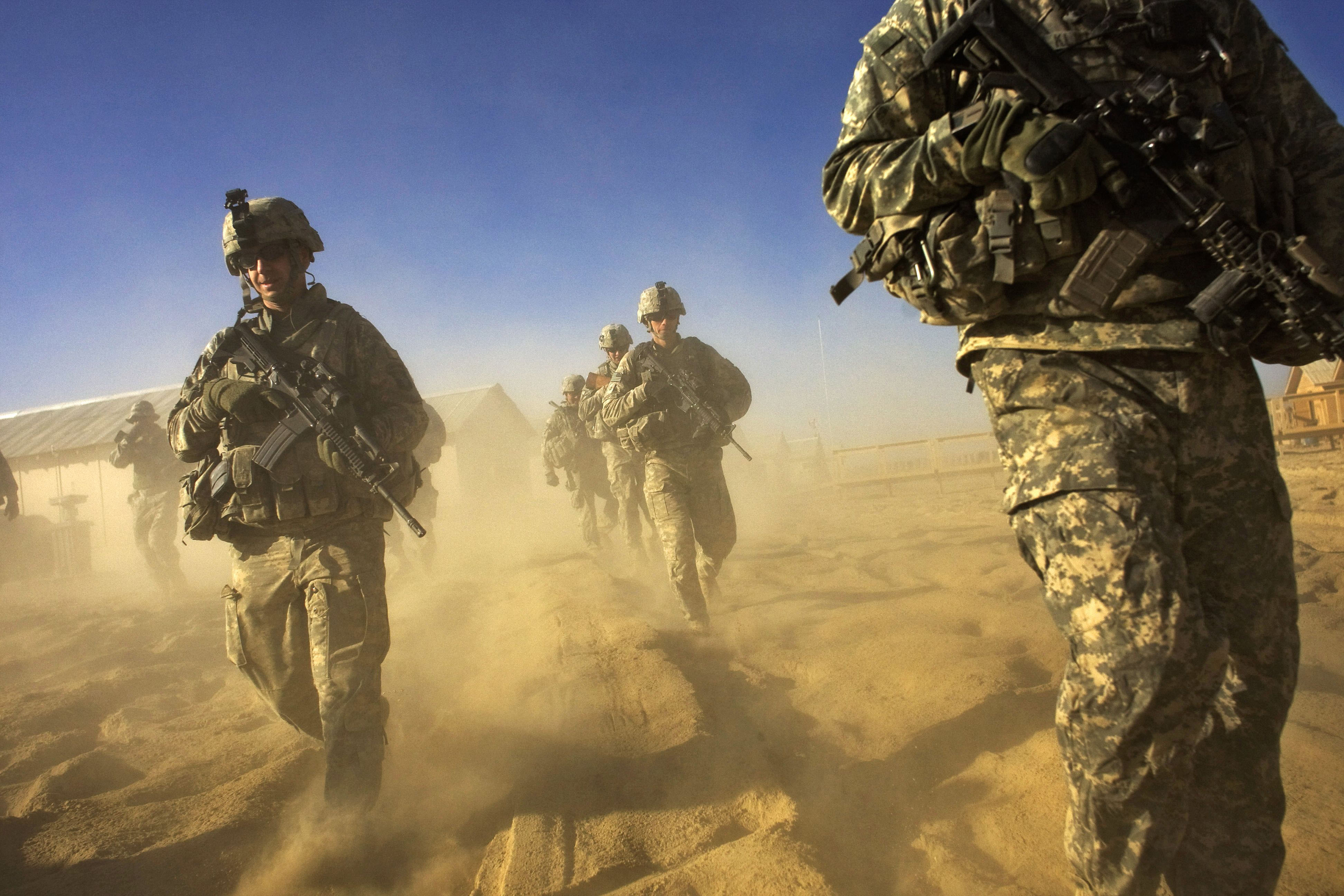
Billions spent on Afghan army ultimately benefited Taliban
Associated PressWASHINGTON — Built and trained at a two-decade cost of $83 billion, Afghan security forces collapsed so quickly and completely — in some cases without a shot fired — that the ultimate beneficiary of the American investment turned out to be the Taliban. we would have realized the rapid drawdown of U.S. forces sent a signal to the Afghan national forces that they were being abandoned,” said Chris Miller, who saw combat in Afghanistan in 2001 and was acting secretary of defense at the end of President Donald Trump’s term. In 2015 a professor at the Army War College’s Strategic Studies Institute wrote about the military’s failure to learn lessons from past wars; he subtitled his book, “Why the Afghan National Security Forces Will Not Hold.” “Regarding the future of Afghanistan, in blunt terms, the United States has been down this road at the strategic level twice before, in Vietnam and Iraq, and there is no viable rationale for why the results will be any different in Afghanistan,” Chris Mason wrote. But as a whole the security forces created by the United States and its NATO allies amounted to a “house of cards” whose collapse was driven as much by failures of U.S. civilian leaders as their military partners, according to Anthony Cordesman, a longtime Afghanistan war analyst at the Center for Strategic and International Studies. “Given that the U.S. war strategy depended on the Afghan army’s performance, however, the Pentagon paid surprisingly little attention to the question of whether Afghans were willing to die for their government,” he wrote.
History of this topic

Afghans still counting costs of US intervention
China Daily
Afghans still counting costs of US intervention
China Daily
Afghans still counting costs of US intervention
China Daily
Afghans still counting costs of US intervention
China DailyFACT FOCUS: A look at claims made at the Republican National Convention as Trump accepts nomination
Associated Press
How the US-Taliban Deal Failed Afghanistan
The Diplomat
One year on, Afghanistan still suffers from US-inflicted pain
China Daily
Photos: Afghans paying the price for peace since Taliban takeover
Al Jazeera
US withdrawal prompted collapse of Afghan army: Report
Al JazeeraU.S. moves to free $7 billion in Afghan assets to aid Afghan people, 9/11 victims
The HinduU.S. announces $308 million in aid for Afghans as crisis grows
The Hindu
US announces $308 million in humanitarian aid for people of Afghanistan as crisis grows
India Today)
From costs to consequences, how Pentagon's reliance on contractors hurt US in 9/11 wars
Firstpost
FACT FOCUS: Trump, others wrong on US gear left with Taliban
The Independent
FACT FOCUS: Trump, others wrong on US gear left with Taliban
Associated Press
Will the Afghan crisis finally bring down the U.S. empire of war, corruption and poverty?
Salon
Longest war’s cost: thousands of lives, trillions of dollars
Associated Press
Why did US leave Afghanistan and how much did America spend?
The Independent
Investors’ dilemma: Abandon billions or work with Taliban?
Al JazeeraIn Afghan collapse, the fall of international relations
The Hindu
The war in Afghanistan was a huge victory — for the military-industrial complex
Salon
Taliban took Afghanistan but face cash squeeze
Associated Press)
So who won Afghanistan war? America's boots on ground didn't but it's the suits who made a killing
FirstpostTimeline | U.S., Taliban and Afghanistan: 20 years of bloodshed
The Hindu
The Return Of Taliban And The Arrogance Of Empire
ABP News
Billions spent by US on Afghan army ultimately benefited Taliban
Hindustan Times
Costs of the Afghanistan war, in lives and dollars
Associated Press
The Taliban is now benefiting from the billions spent on building Afghanistan’s army
LA Times
Why did the Afghan army disintegrate so quickly?
Al Jazeera
Biden administration embroiled in internal blame-shifting amid Afghanistan chaos
CNN
The collapse of Afghan military: We’ve seen this movie before
Al Jazeera
The US spent $2 trillion in Afghanistan – and for what?
Al Jazeera
What went wrong in Afghanistan?
Al Jazeera
The US, the Taliban and the stunning defeat in Afghanistan
Al Jazeera
That's been the cost of America's war against the Taliban, financial and human
India Today
Longest war: Were America’s decades in Afghanistan worth it?
Associated Press
How do Afghanistan forces and Taliban compare?
Al Jazeera
Why America’s Afghan project was doomed all along anyway
Live Mint
The Afghan endgame: The US retreats, Taliban returns
Hindustan Times
Taliban gains drive Afghanistan gov’t to arm local volunteers
Al JazeeraThe US begins its withdrawal from Afghanistan, and now people are counting the war's colossal cost
ABC
Pentagon could open itself to costly litigation from contractors if US pulls out of Afghanistan this year
CNN
Taliban attacks increased in Afghan capital, says US watchdog
Al Jazeera
A peace deal alone cannot solve Afghanistan’s myriad problems
Al JazeeraDiscover Related

)


































)